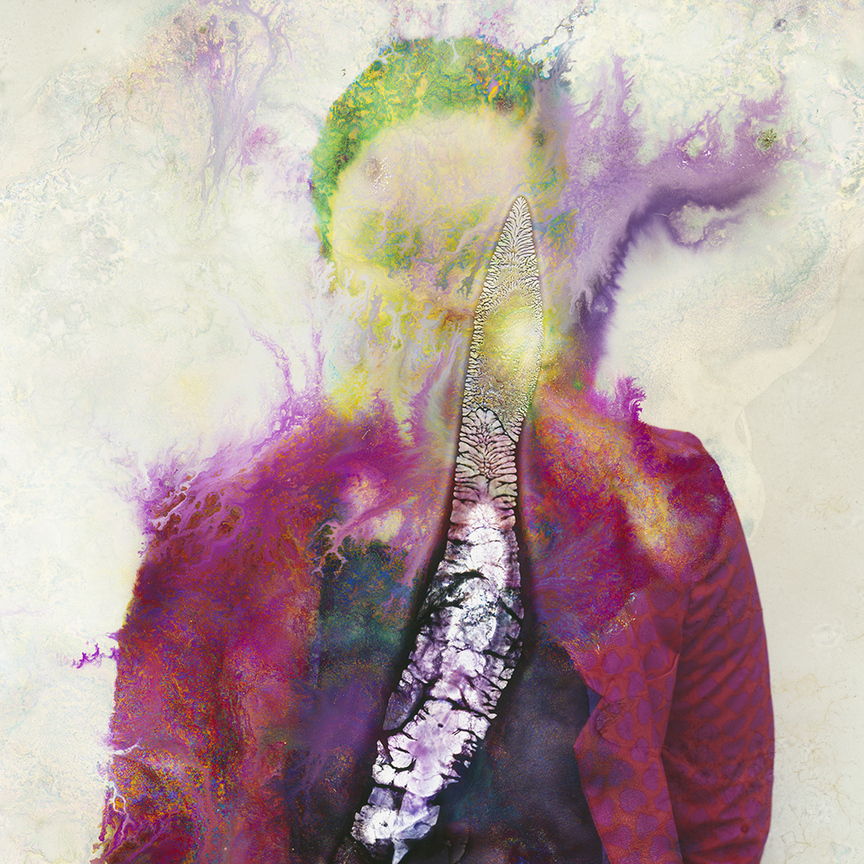
R
E
V N
E
X
T
One of the driving forces behind the inception of photography was the power in its ability to reproduce an exact likeness of an object and made permanent through its chemical interaction with light, thus preserving a fragment of a fleeting moment for posterity. In the 1800’s, portraiture was very much in demand among the middle class, and became even more so when the first daguerreotype (a mirror like silver surfaced plate coated with an emulsion of silver iodide that was sensitive to light) was publicly announced in Paris in 1839.
For the Korean artist Seung Hwan-Oh, who is also a microbiologist, his current series “Impermanence” (2012– ) provides a fascinating reflection on the idea of photography since its beginning. Oh cultivates fungus that he applies to his film prior to photographing and through this process, the microorganisms slowly devour the film. While the photographic pioneers were intent on discovering a way to preserve a latent image, Oh’s intent is to deplete it from the process. The intended result is what appears through disappearance. Over the course of the project, Oh has gained control over the effects of the microbes on the films, but never the action of the microbe itself, thus this uncertainty will always be part of the process.
From “Impermanence,” Oh proposes a series of questions and reflections on life’s ephemeral quality, permanence versus impermanence and the transient and chaotic nature of life itself.
Billy Kung is photo editor at ArtAsiaPacific.



